 Bay City Michigan kicked off its sixth Tall Ship Celebration yesterday, featuring a diverse mix of historic ships and replicas, including the U.S. Brig Niagara; the replica galleon El Galeon Andalucia; the replica Viking longship Draken Harald Hårfagre; the brigantines Pathfinder and Playfair; and the schooners Pride of Baltimore II, When and If, Mist of Avalon, Madeline, Denis Sullivan, Appledore IV and Appledore V. The Bay City Tall Ship Celebration is one stop on the Tall Ships America Tall Ship’s Challenge featuring port calls-in nine ports in the Great Lakes and St. Lawrence Seaway.
Bay City Michigan kicked off its sixth Tall Ship Celebration yesterday, featuring a diverse mix of historic ships and replicas, including the U.S. Brig Niagara; the replica galleon El Galeon Andalucia; the replica Viking longship Draken Harald Hårfagre; the brigantines Pathfinder and Playfair; and the schooners Pride of Baltimore II, When and If, Mist of Avalon, Madeline, Denis Sullivan, Appledore IV and Appledore V. The Bay City Tall Ship Celebration is one stop on the Tall Ships America Tall Ship’s Challenge featuring port calls-in nine ports in the Great Lakes and St. Lawrence Seaway.
The Tall Ship Celebration also features arts, craft beer, food and activities for children and coincides with the International Maritime Music Festival. The Tall Ship Celebration continues through Sunday.

 Last Saturday, a N
Last Saturday, a N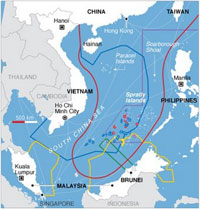 For those concerned by China’s aggressive expansion into the South China Sea, there is some very good news and some not so good news. The very good news is that
For those concerned by China’s aggressive expansion into the South China Sea, there is some very good news and some not so good news. The very good news is that 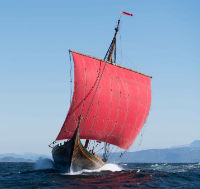 Despite being burdened with unmanageable pilotage fees, the Norwegian Viking longboat,
Despite being burdened with unmanageable pilotage fees, the Norwegian Viking longboat,  The Norwegian Viking ship
The Norwegian Viking ship 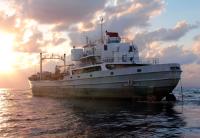 In April we posted,
In April we posted, 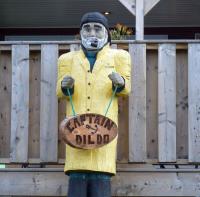 The New York Times recently featured an article, “
The New York Times recently featured an article, “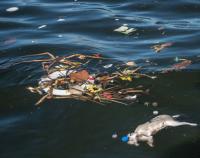 In May 2104, we posted “
In May 2104, we posted “


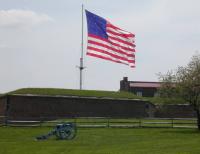
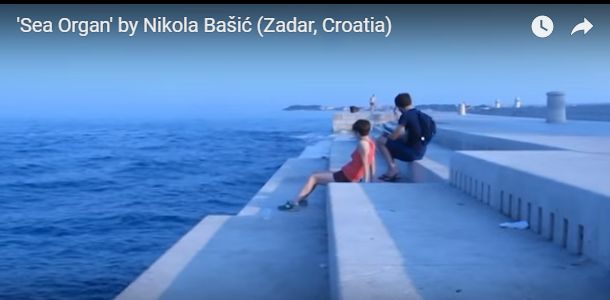 In
In 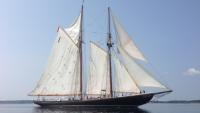 The
The 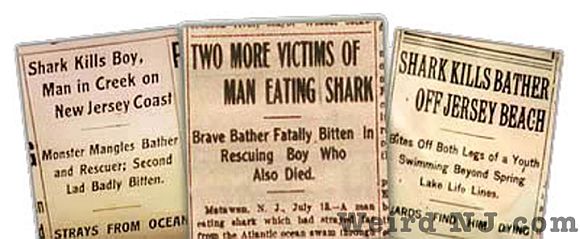 One hundred years ago today, Americans learned to be afraid of sharks. On the evening of July 1, 1916,
One hundred years ago today, Americans learned to be afraid of sharks. On the evening of July 1, 1916,  Last January we posted about two
Last January we posted about two 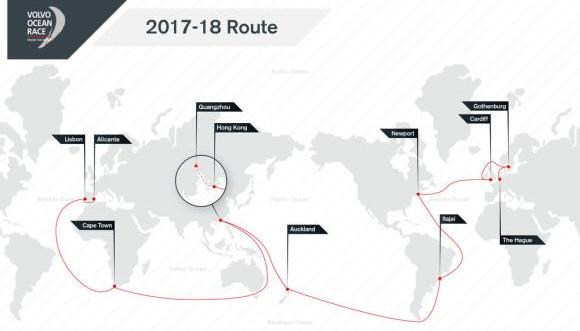 The route for the 2017-2018
The route for the 2017-2018 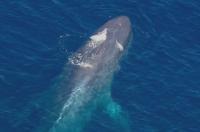 On Monday, a
On Monday, a  History was made yesterday at the Panama Canal when the container ship
History was made yesterday at the Panama Canal when the container ship